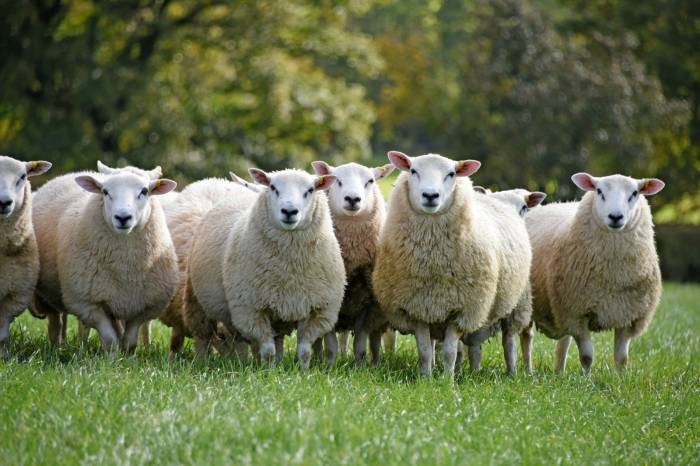Ernie Richards has experienced worm resistance on his farm first hand, but by making informed decisions based on best practice, he has made the transition from a routine worming strategy to more sustainable practices.
Ernie is a first generation young entrant, working as a shepherd managing a closed flock of 1,000 pedigree Lleyn ewes on a 350-acre (141ha) upland farm overlooking Hay-on-Wye, Powys.
“Flock health is paramount to our business and underpins productivity,” says Ernie. ”We have a rigorous vaccination programme, vaccinating stock against orf, footrot, clostridial diseases, pasteurella and infectious abortion. We also use various products for controlling parasites, both internal and external, but since finding evidence of multiple anthelmintic resistance on farm, this is something we’ve had to re-evaluate and improve.”
Ernie aims to finish all stock off grass and is aware the performance of lambs with high worm burdens can be directly affected. To reduce feed costs and reduce reliance on inputs, Ernie has invested time and money into better understanding internal parasite control.
In the past, Ernie’s worming programme was very much a routine. As a sheep-only farm, mixed grazing hasn’t been an option for controlling parasite burdens on pastures, so standard practice was regular anthelmintic treatments.
“We would routinely treat with a white (1-BZ) drench in May, a yellow (2-LV) in June/July then a clear (3-ML) in August at weaning time. A more recent addition, based on SCOPS guidance, was for us to use the orange drench (4-AD) as a clear-out in autumn and during quarantine,” he says.
“We decided we needed to increase the amount of testing we did for internal parasites. We had used faecal egg counts (FECs) in the past, but not to any great extent and probably not at the most appropriate times. So, our first step was to undertake more regular FECs. We also did a faecal egg count reduction test (FECRT) in some ram lambs, testing white, yellow and clear drenches. To our surprise, the results suggested there were levels of anthelmintic resistance to all three groups of drenches, which meant we had probably been drenching lambs with ineffective products.”
Ernie was surprised at the results showing the only drench that was effective from the three older groups was moxidectin. (Though white drenches are still effective against nematodirus and will still be used in lambs in the spring on the farm.
“It was extremely interesting to see these results. We are now focusing our efforts on testing, including the need to do more testing at different times of year, to see if the picture changes with the season. We are also incorporating new leys and the use of brassicas to break the worm cycle and reduce the need for anthelmintics,” he says.
Ernie increasingly uses SCOPS advice and refers to the SCOPS principles regularly. He has also increased his involvement in discussion groups and invested in further training to get a better handle on parasite control on his farm.
“I signed up for a series of courses on understanding FECs and worm results, so I can make better use of the information we have available. We are also using FECs more regularly and choosing the products carefully, based on the accurate and up-to-date data we have. In the past I have been guilty of not weighing animals before dosing, leading to the risk of under-dosing and encouraging resistance. We now weigh all lambs before dosing, making every effort to dose to the heaviest lamb. We are also starting to use EID data to track liveweight gain in lambs, allowing improved data collection to monitor progress against worms in the future,” he concludes.



